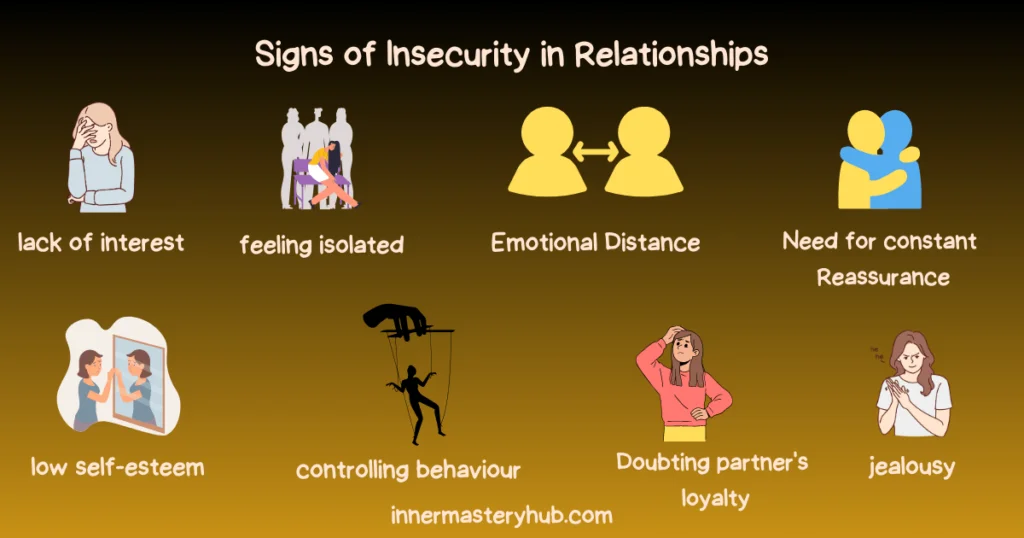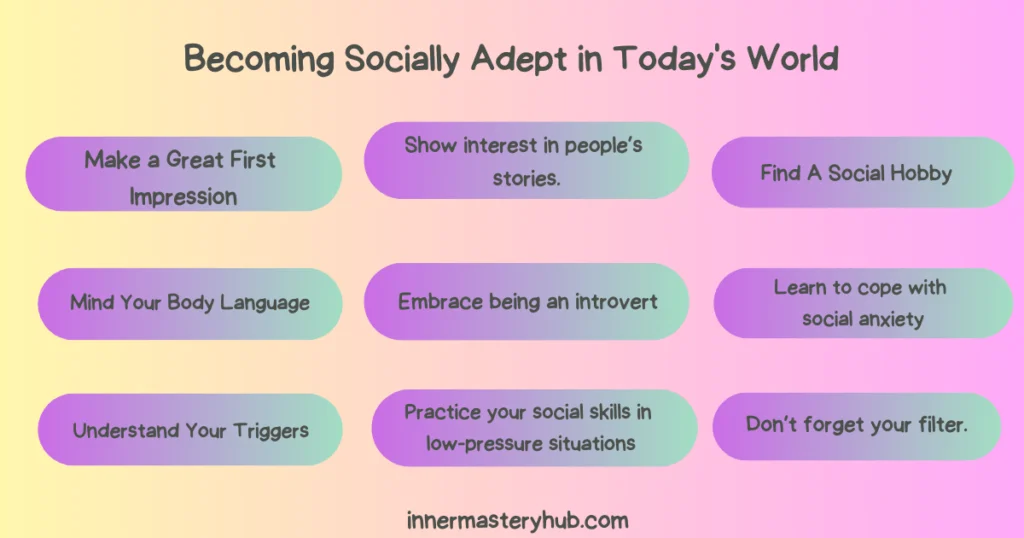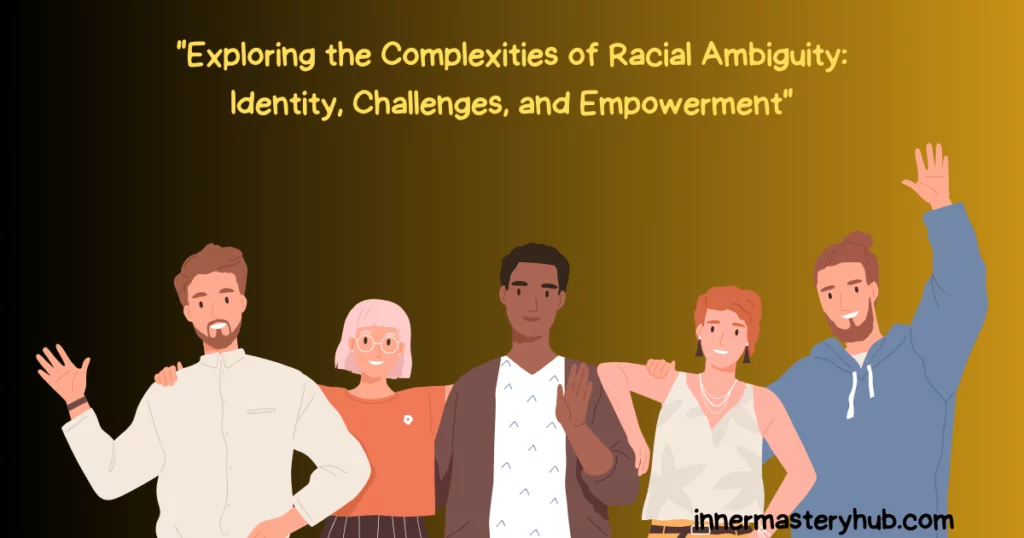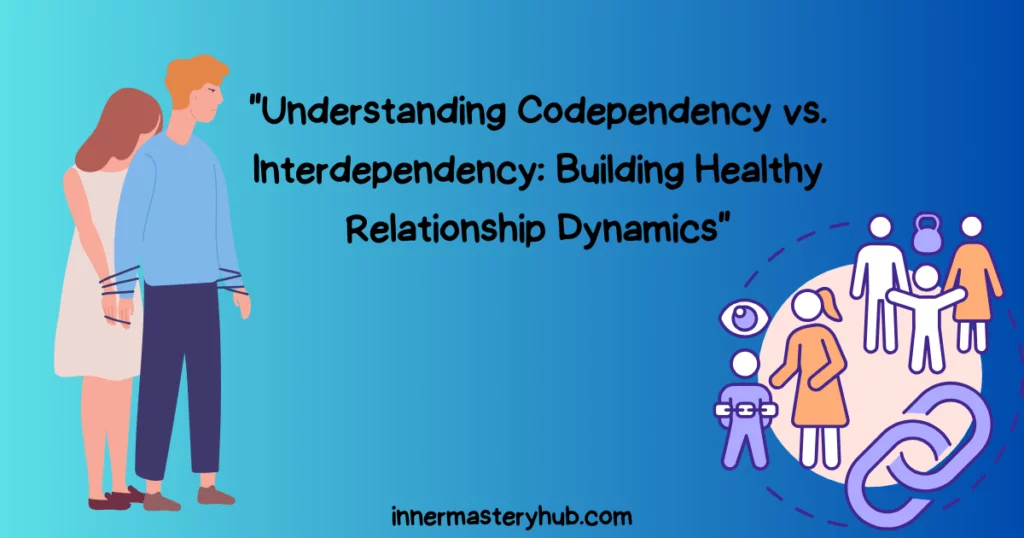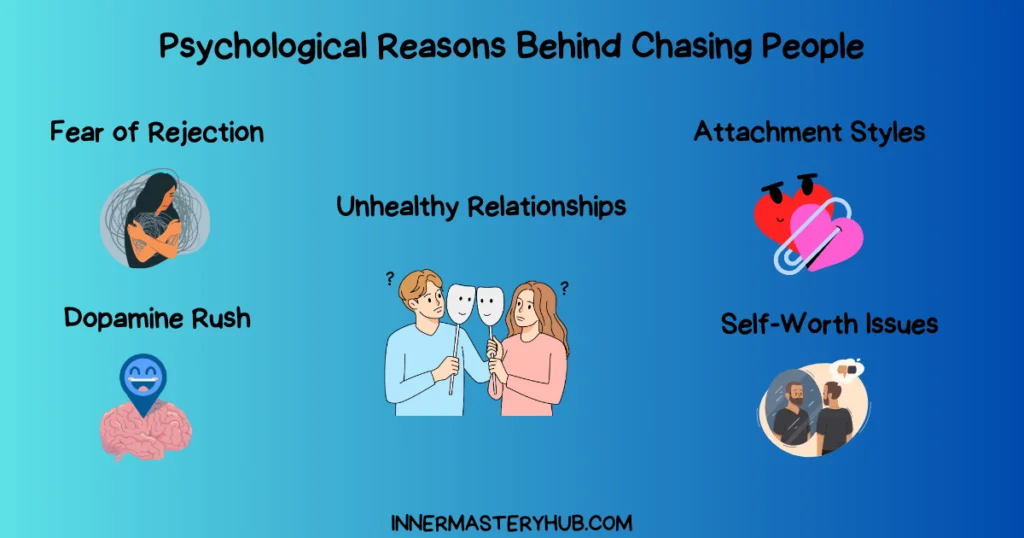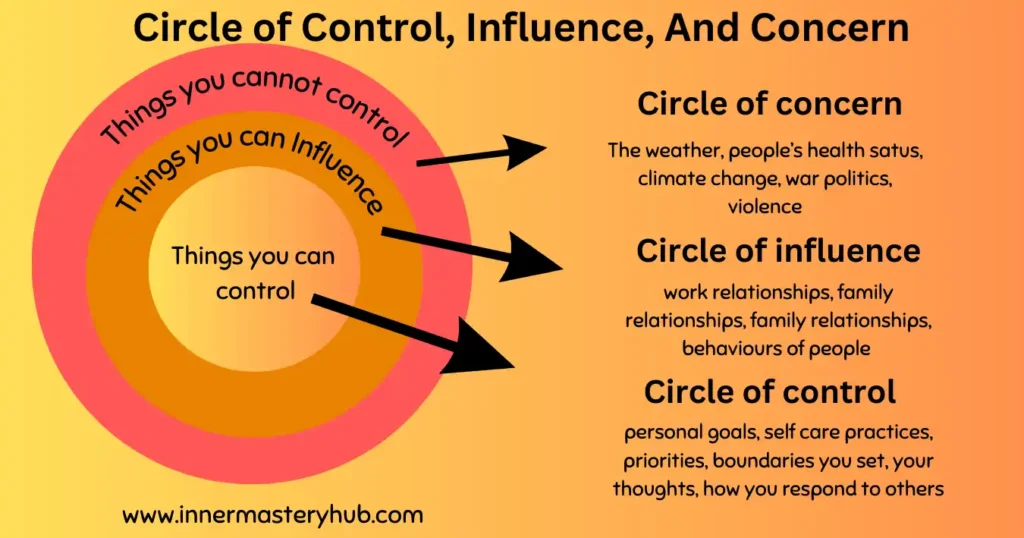
I strongly believe in establishing a balance in all spheres of life. I don’t try to control the events of my life; rather, I let everything flow naturally and try to put the best in my capacity in every aspect of my life. That is what I have learned by going through different challenges in life.
I do whatever is possible in my capacity and let things fall naturally. That’s what is referred to as a circle of control; when you are loyal to your work by detaching yourself to the outcome, putting hard work into it, and leaving the rest to nature, the outcome turns out positively.
Stephen Covey articulated this point well in his book “The Seven Habits of Highly Effective People” by using proactive and negative focus and differentiating between our circle of control and our circle of Influence. There is no need to worry about the outcomes of your job or things outside your circle of Influence or control. It only triggers anxiety and detracts you from your job of proactive focus.
I have always witnessed by working with different people that those who embrace change can focus on the things in their control instead of wasting their time and energy on the things outside their Influence. If you follow this course of action, things will naturally transform for you.
In this article, we will explore how to take advantage by exercising the practice of a “circle of control and circle of influence model.”
Table of Contents
Understanding the Theory: A Model and Diagram
Stoic philosophers Seneca, Epictetus, and Marcus Aurelius believed that we can spend fulfilling lives by having focus and energy on the things we can control. Psychologists have expanded on the two spheres of control and included the “circle of influence” in the gray zone of the model of what we can and cannot control.
Some things about human nature are within our control and capacity, while others are not, according to Epictetus (2009, p. 135). Our body, possessions, reputation, standing, and anything else in human nature that is not our thinking and doing are not under our thinking and power; nevertheless, our thinking, opinion, motivation, desire, and aversion are.
The Stoics agreed that our thoughts, emotions, interpretations, actions, and reactions are always in our circle of control, and we should work on these factors to improve them. By contrast, Certain things are outside our control, like random life events, the economy, and other people’s actions, feelings, and opinions. These are the things that we can’t control and need not worry about.
Nisbett emphasizes the difficulty of comprehending the notion of the circle of control in his 2003 publication, particularly in a world where the need for control is ubiquitous. He notably mentions how most people from Western cultures frequently exaggerate their capacity for Influence and control over various facets of daily life.
The “Circle of Influence” paradigm, which is frequently illustrated by two concentric rings, aids in identifying the aspects of one’s life over which one has control or influence. The inner circle, also known as the “Circle of Influence,” includes parts of our lives over which we have direct control, such as our ideas, actions, attitudes, and conduct.
The outer circle of influence, known as the “Circle of Concern,” includes elements over which we have no direct control, such as world events or other people’s activities. By focusing our energy and attention on our Circle of Influence, we may make significant changes while avoiding the stress and frustration that frequently comes with worrying about things beyond our control.
In the diagram above, you can see three circles embedded within each other.
Aspects of our lives that we have direct control over are represented by the first and smallest circle in the center, which is the circle of control. It is the area where transformation is possible. The circle of control represents the point where we can take significant action and improve things.
The junction of things directly under our immediate control and those out of our direct control is shown by the second, slightly wider circle, called the circle of Influence. This zone allows us to expand our circle of Influence and create change.
While we can’t control the outcomes, investing our energies in this sphere where we control our efforts is wise. Let’s embrace the challenge and make a positive difference here.
The diagram’s third and largest outermost circle represents the “Circle of Concern.” This circle encompasses our concern and includes a broader range of external events, factors, challenges, and circumstances that we may genuinely care about but are beyond our control.
These causes include macro-level elements such as government policy, the global economy as a result of the epidemic, climate change, weather, and other people’s actions, emotions, behaviors, and sentiments.
In his 2016 book (p. xi), author Ryan Holiday wrote, “We cannot control the world around us, but we can control our reactions to it.” The adoption of this concept in our own lives has yielded considerable results.
For example, a study by Luthans et al. (2008, p. 132) found that “individuals who focus on the circle of influence they control are more likely to exhibit resilience in the face of stress and adversity.”
This emphasizes the significance of directing our efforts toward our Circle of Influence while remaining mindful of our Circle of Concern.
The circle of control is a useful cognitive method for helping people control their emotional responses to difficult situations.
Circle of Concern vs. Circle of Influence
The “Circle of Concern” and the “Circle of Influence” are two essential components of this concept. The Circle of Concern includes a wide range of topics, some over which we have no control. These may include geopolitical events, environmental problems, or other people’s decisions.
While we may be enthusiastic about certain issues, we cannot always directly influence them. For example, you may be concerned about a family member’s finances or health, but what can you do?
In contrast, the Circle of Influence encompasses topics over which we have direct control or influence—from personal habits and behaviors to responses and reactions to situations. By focusing on our Circle of Influence, we can make meaningful changes in our lives, giving us a stronger sense of empowerment and control.
According to the notion, those who focus their energies on their Circle of Influence rather than their Circle of Concern are more likely to be content and successful. They are proactive people who do not let external circumstances control their happiness or peace of mind.
They comprehend how their behaviors and attitudes influence their surroundings and experiences.
Those who fixate and focus on their Circle of Concern, on the other hand, frequently feel weak or overwhelmed while attempting to control the unpredictable. This differentiation and difference in concentration is an important guide for regulating our focus and attention so that we can live more effective and fulfilling lives.
Circle of Influence example
Consider the situation of an individual working in a company concerned about the business’s environmental footprint. This concern falls within their Circle of Concern as they cannot single-handedly alter the company’s environmental policies.
However, within their Circle of Influence, they can lead recycling initiatives, reduce paper use, and advocate for energy-efficient practices in their department or team.
By focusing on these manageable, positive aspects, they can still positively impact their concern, thereby expanding their Circle of Influence within the bounds of their workplace. It’s a prime example of how we can effectively operate within our Circle of Influence to address more significant issues within our Circle of Concern.
Proactive people
Proactive people illustrate the importance of focusing on the Circle of Influence. They focus their attention on areas where they can make a tangible difference, instilling a sense of control and empowerment. They are well aware of their potential to influence their surroundings and experiences by their actions and attitudes.
Proactivity enables people to address issues, devise solutions, and convert hurdles into opportunities. Rather than reacting to problems, they foresee them and take the appropriate actions to improve the outcome.
Proactive individuals who persistently operate inside their Circle of Influence gradually expand this circle, gaining more influence and control over numerous facets of human nature.
Reactive People
In contrast to proactive people, reactive people tend to concentrate their efforts and attention on their Circle of Concern. Instead of taking control of their behaviors and attitudes, individuals are frequently influenced by external events and circumstances.
Their emotional state and responses are influenced by their surroundings, and they frequently feel overwhelmed, powerless, and frustrated because they believe they have little control over things.
Reactive people usually worry about situations beyond their control, such as other people’s actions or large-scale global catastrophes. Their thinking is primarily defensive, responding to the world around them rather than actively changing it.
These people frequently feel stuck because they believe that their happiness and success are determined by external factors rather than by their actions and attitudes. This mistaken negative emphasis frequently kept them within their Circle of Concern, limiting their ability to broaden their Circle of Influence.
For example, assume a reactive individual is concerned about the same environmental impact of their company’s new business or government policy that the proactive individual described previously. In such cases, they may protest about the company’s rules or feel helpless.
Instead of taking practical steps inside their Circle of Influence, they let worry dominate their thoughts, leading to emotions of frustration and powerlessness.
The idea is not to completely ignore the Circle of Concern—it is natural to be concerned about greater issues in our personal and professional lives. The issue, however, is not to allow these concerns to consume so much of our energy, focus, and attention that they limit our performance.
The Circle of Concern, Circle of Influence, and Control
To better grasp the Circles of Concern and Influence, consider the “Circle of Control.” This circle of Influence depicts the parts of our lives over which we have direct and complete control. This circle of influence encompasses our actions, decisions, and attitudes.
The Circle of Control is nested within the Circle of Influence, representing how our actions and attitudes can directly shape and affect those areas over which we have influence.
For example, our work ethic can influence our professional performance, while our health habits might have an impact on our physical well-being.
Making purposeful choices that represent our beliefs and aims, such as responding constructively to criticism, maintaining a healthy diet, or devoting time to professional growth, is essential for effective Circle of Control management.
Understanding how these circles interact—Concern, Influence, and Control—allows us to better control our proactive concentration and responses. We may effectively negotiate our life’s problems, seize opportunities, and, ultimately, direct the course of our journey by focusing aggressively and spending our time and effort in areas over which we have influence and control.
The Circle of Concern
The Circle of Control is nested within the Circle of Influence, illustrating that our actions and attitudes directly affect our influence. Our work ethic and health habits can affect our professional development and physical health.
Managing our Circle of Control requires purposeful choices that represent our beliefs and aspirations, such as responding positively to criticism, eating well, and investing in professional growth.
Understanding how Concern, Influence, and Control interact helps us focus and respond. We may overcome life’s problems, seize chances, and shape our future by focusing on our controllables.
Issues that affect humans are covered by the Circle of Concern.
These concerns include climate change, politics, and economics, as well as local issues like traffic, job security, and health. While we may care about these concerns, we have little control over them.
Overworking the Circle of Concern can cause powerlessness, tension, and dissatisfaction. It’s crucial to be aware of these challenges, but not let them overtake us. Finding and focusing on the Circle of Influence and Control can make life more positive and proactive.
One step further – The Circle of Control
It’s natural to care about greater issues, but we should also focus on what we can control. Our thoughts, actions, and choices shape our lives. We improve by joining this Circle of Control and taking responsibility.
The Circle of Control reflects our fully autonomous behaviors, attitudes, and choices. Our direct control over these elements lets us mold our lives. Focusing on this whole circle of Influence turns obstacles into opportunities, sustains values, and maximizes potential.
Personal development and fulfillment depend on our Circle of Control, which emphasizes responsibility and proactive living.
For you or with your team – Circle of Influence Exercise
Ready to level up your team’s performance? Give the Circle of Influence exercise a try! Here’s how it works:
- Grab a large sheet and draw two concentric circles.
- Jot down elements your team can control in the inner circle, like collaboration and communication.
- Note areas of Influence in the outer circle, such as team culture and relationships with other departments.
- Acknowledge what your team can’t control, like company policies or market trends, outside these circles.
- Watch your team identify where to spend energy, fostering proactivity and effective teamwork.
- Empower your team to make a real impact!
Circle of concern example
Let’s talk about the pressing global issue of climate change. It’s a challenge that falls squarely within your Circle of Concern because it affects all of us. But here’s the thing: you can’t single-handedly control global carbon emissions as an individual. The magnitude of the problem can sometimes feel overwhelming, leaving you helpless.
However, don’t lose hope just yet! While you may not have complete control, you can still make a difference in small but impactful ways. Start by reducing your carbon footprint, and watch as your actions ripple outwards, entering your Circle of Influence.
Remember, finding the right balance between concern and not is critical. By managing your problems and taking proactive steps to engage with these issues, you, one person, can be part of the solution that affects us all. Let’s make a positive change together!
Applying the Theory: 3 Real-Life Examples
- Michael Jordan: A healthy mindset and persistence are emblematic of the professional basketball player. Jordan kept practicing and improving after getting cut from his high school basketball team. His perseverance and trust in his capacity to improve made him a basketball icon and growth mindset advocate.
- Thomas Edison exemplifies attention and proactivity. Despite his many failed attempts to invent the light bulb, he kept working toward his goal. Edison’s persistence in testing new materials until he succeeded shows proactive conduct.
- Oprah Winfrey: Her rags-to-riches journey shows how to enlarge one’s Circle of Control. Despite several early setbacks, she took charge of her life, made strategic decisions that supported her future goals, and aggressively pursued her media passion. Her rise from poverty to media queen shows the power of a purposeful Circle of Control expansion.
Where Should You Focus Your Energy?
Achieving your goals requires effective energy focus. Focus on your hobbies, values, and strengths—the things that define you. Additionally, focus on the Circle of Control elements you can control.
Frustration and stagnation might result from overthinking how much time and energy you spend worrying about outside factors. Instead, focus on personal growth, learning, and enriching connections, and quit worrying. When you focus hard, energy flows.
Ensure your proactive attention targets areas that will advance your self-fulfillment.
Proactive Mindset vs. Reactive Mindset
Proactive thinking involves predicting, initiating change, and taking responsibility. People who take charge make things happen. Reactive thinking reacts to the environment.
Reactive people perceive themselves as victims and react rather than shape events. Proactive people focus on the future, while reactive ones deal with the present. Proactive thinking leads to self-actualization.
Cultivate a growth mindset.
A growth mindset is seeing problems as exciting opportunities to improve. Perseverance, considering failure as a thrilling path to mastery, and seeing criticism as constructive feedback are key.
Others’ triumphs can inspire you, so celebrate them. Never give up—focus, tenacity, and resilience can help you improve. Let’s start improving ourselves!
“I am not a product of my circumstances. I am a product of my decisions.” — Dr. Stephen Covey
Stephen R. Covey, renowned educator, author, and speaker, said: “I am not my circumstances. Decisions shape me.” This remark emphasizes our choices and destiny-making ability. Choices decide our path, but circumstances can impact them.
Our decisions can alter our experiences rather than simply absorbing them. We must see ourselves as creators of our fate and happiness, not victims. Our lifestyle is shaped by our choices, not our surroundings. Therefore, making choices that match our beliefs, passions, and aspirations is crucial to living our dream life.
Find Your Purpose
Soul-searching and passion-discovery are necessary to find your purpose. Consider what inspires, intrigues, and matters to you. These aspects can reveal your intent.
Your purpose directs you toward your ideals and goals. It can motivate you in tough times and provide you with life satisfaction. Accept your purpose discovery quest as part of personal growth.
Break Your Limiting Beliefs
Removing our limiting ideas is essential to reaching our potential. Past experiences can shape our beliefs, which can limit our progress. They shape how we see ourselves and the world, fostering self-criticism and mistrust. These beliefs aren’t absolutes. We must first acknowledge and confront them to deconstruct them.
Are these beliefs factual or based on assumptions? Do they advance or impede? After finding your limiting beliefs, replace them with empowering ones. Replace “I’m not capable of success” with “I possess the boundless potential to conquer anything I set my mind to.”
Through deliberate thought reframing, we break free from limiting ideas and enter into our power. Let go!
How to Apply the Circle of Control in Life
Going on a purpose-finding adventure is exciting. Imagine our unique and impactful sweet spot—the uncharted zone where our passions, skills, and the world’s needs collide. We start with our passions, which motivate us. Then we reveal our superpowers and skills.
We conclude by considering the world’s needs and where we might best help. Focus on one tiny item, this magical intersection, to find meaning and fulfillment. This adventure can leave a legacy. Prepared? Let’s start!
How to Expand Your Circles of Control
First, discover health or career changes to enlarge your Circle of Control. For optimal health, eat well and exercise.
Create a growth mentality, seeing obstacles as learning opportunities. Controlling more doesn’t equal controlling everything.
Instead, it’s about responding well and focusing on what you can control, which increases personal growth and life pleasure. This proactive strategy lets you shape your fate.
Develop a Growth Mindset
Use a growth mentality to maximize your potential. Believe in your ability to learn, adapt, and develop. Encourage progress, persevere despite setbacks, and regard effort as the path to mastery.
Others’ success inspires you, and criticism becomes helpful input. You’ll push limits, improve, and become resilient with a growth mentality.
It takes devotion, focus, curiosity, and determination to develop intellect. You can reach your potential!


